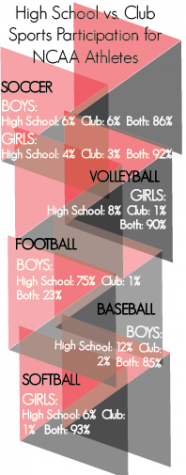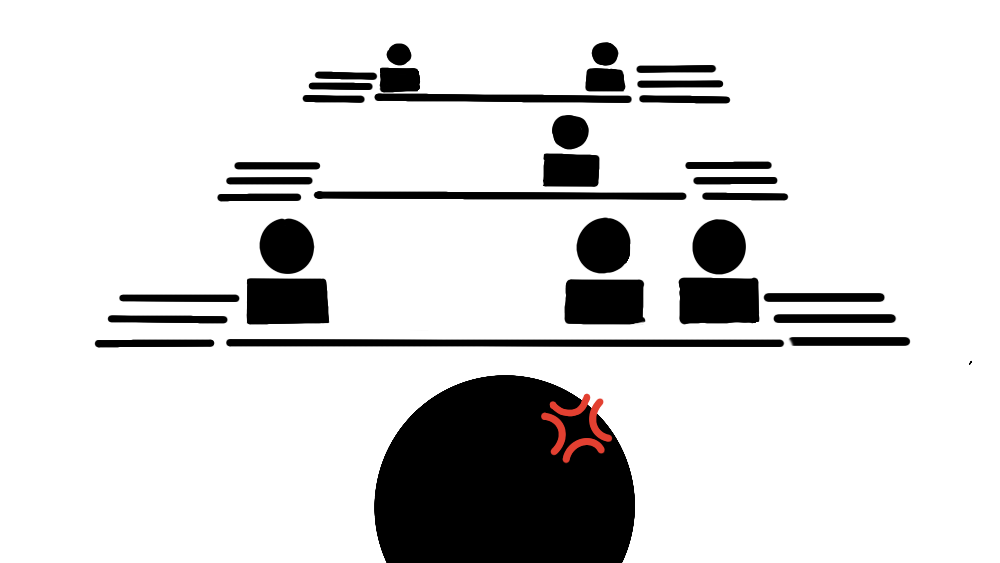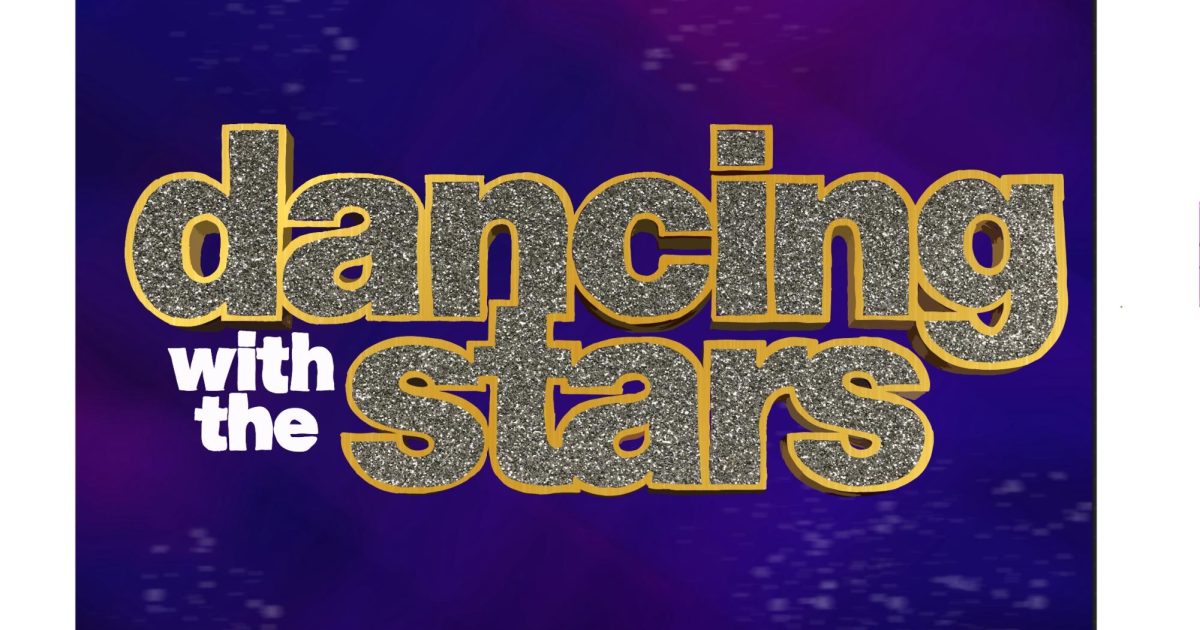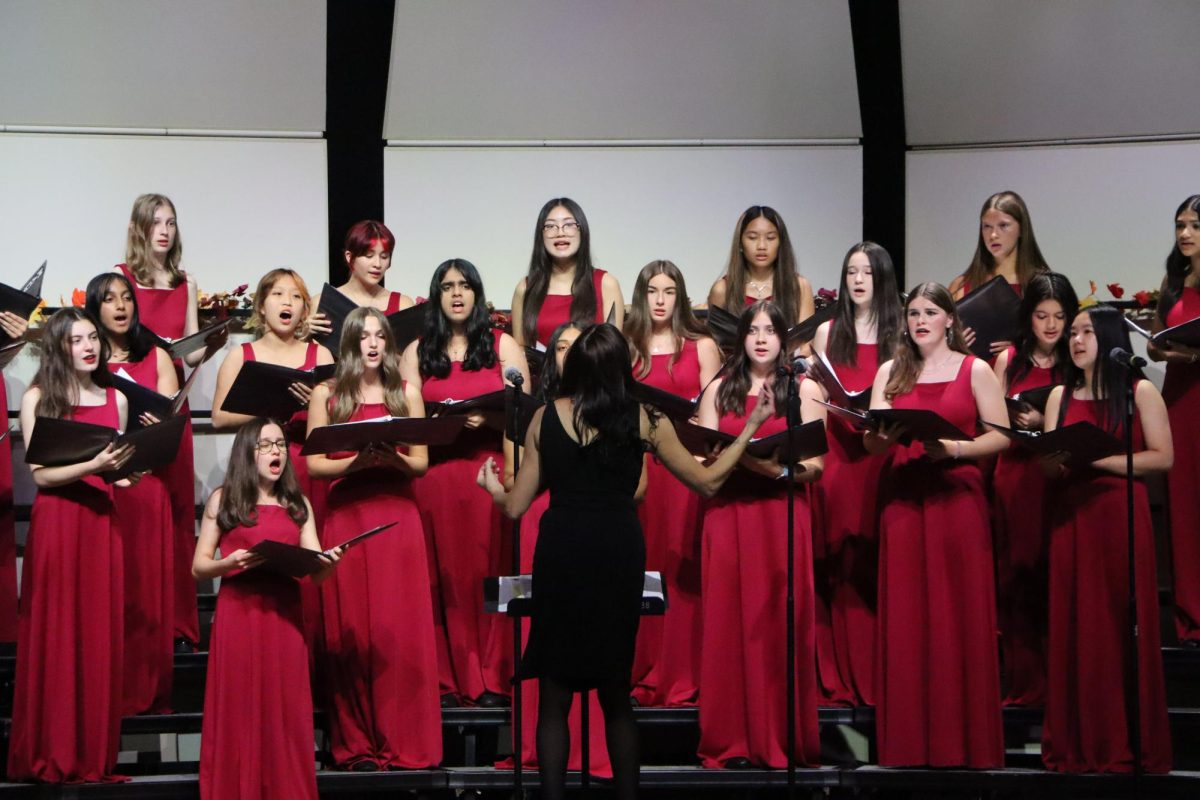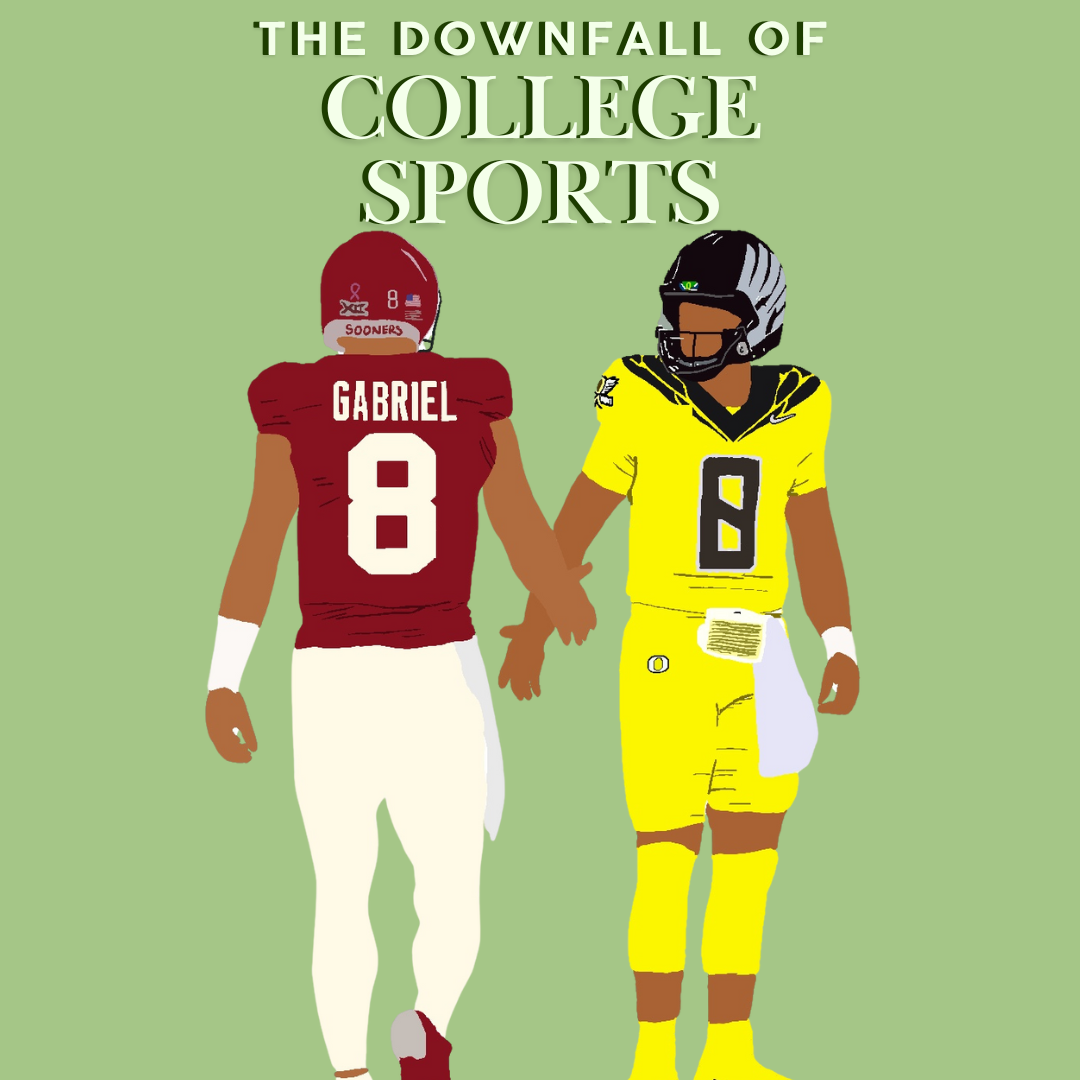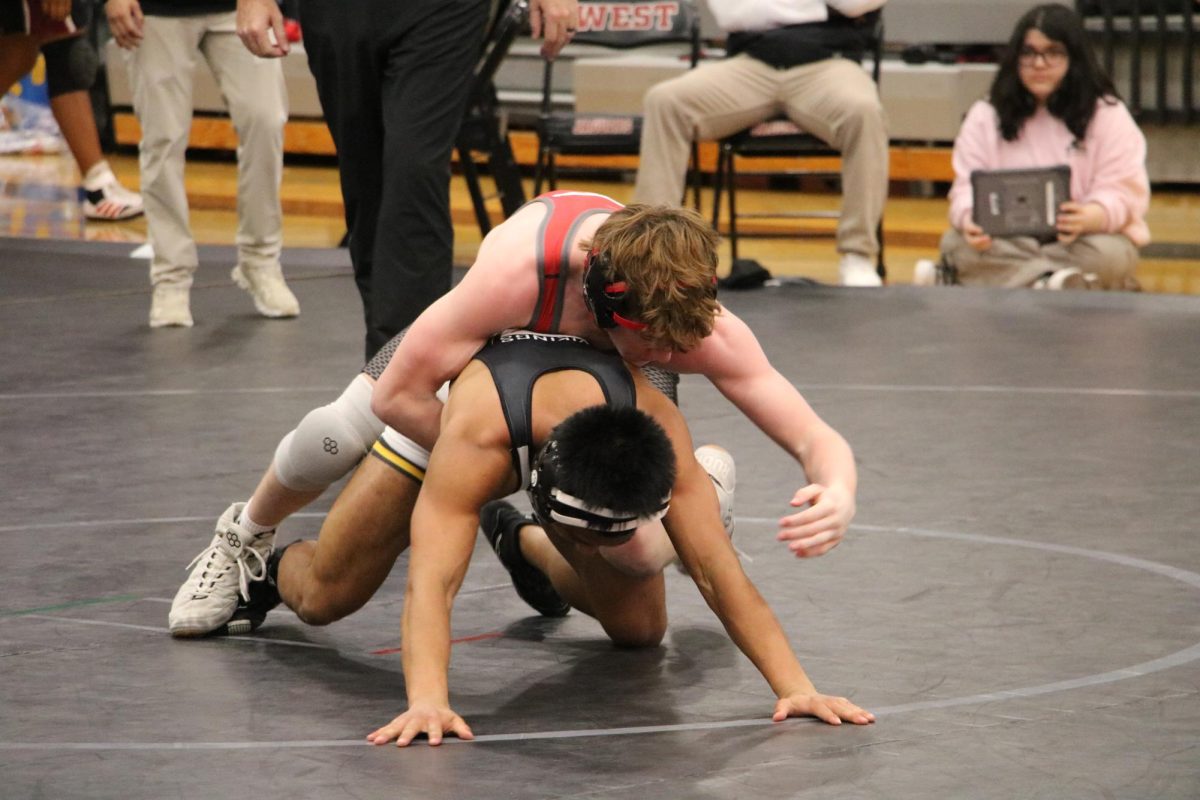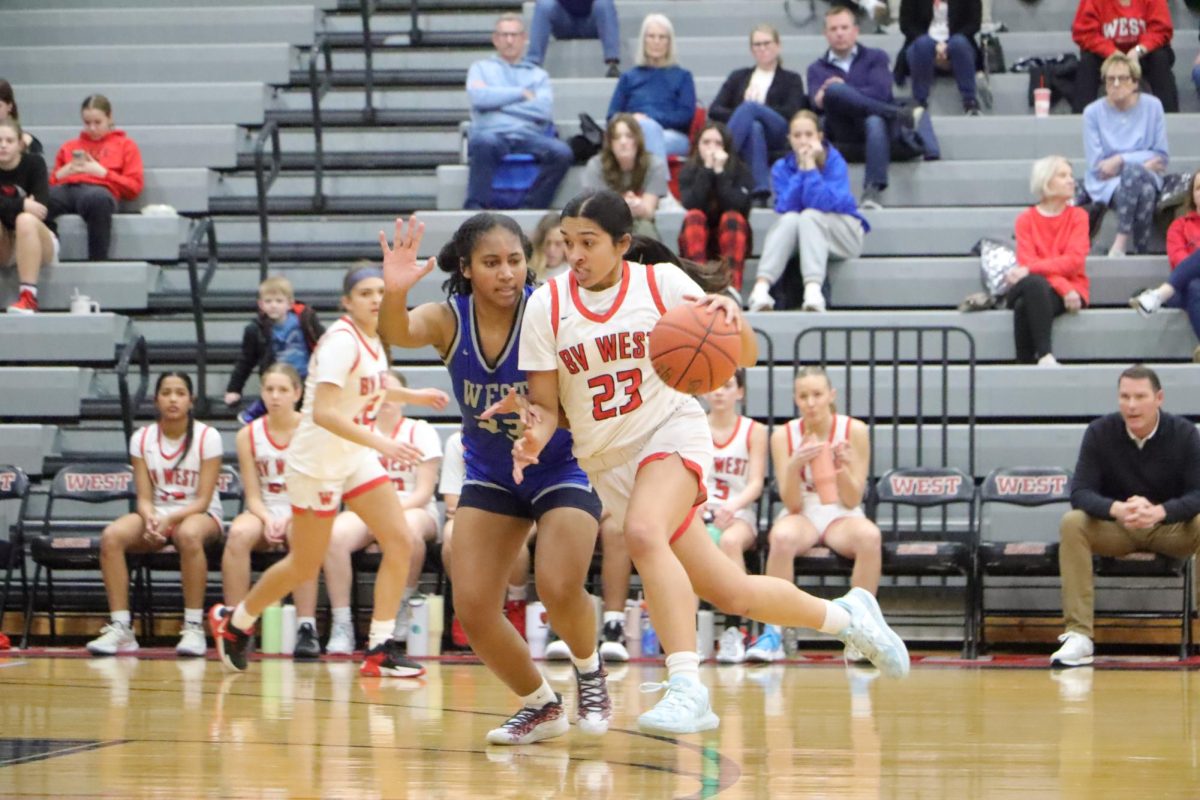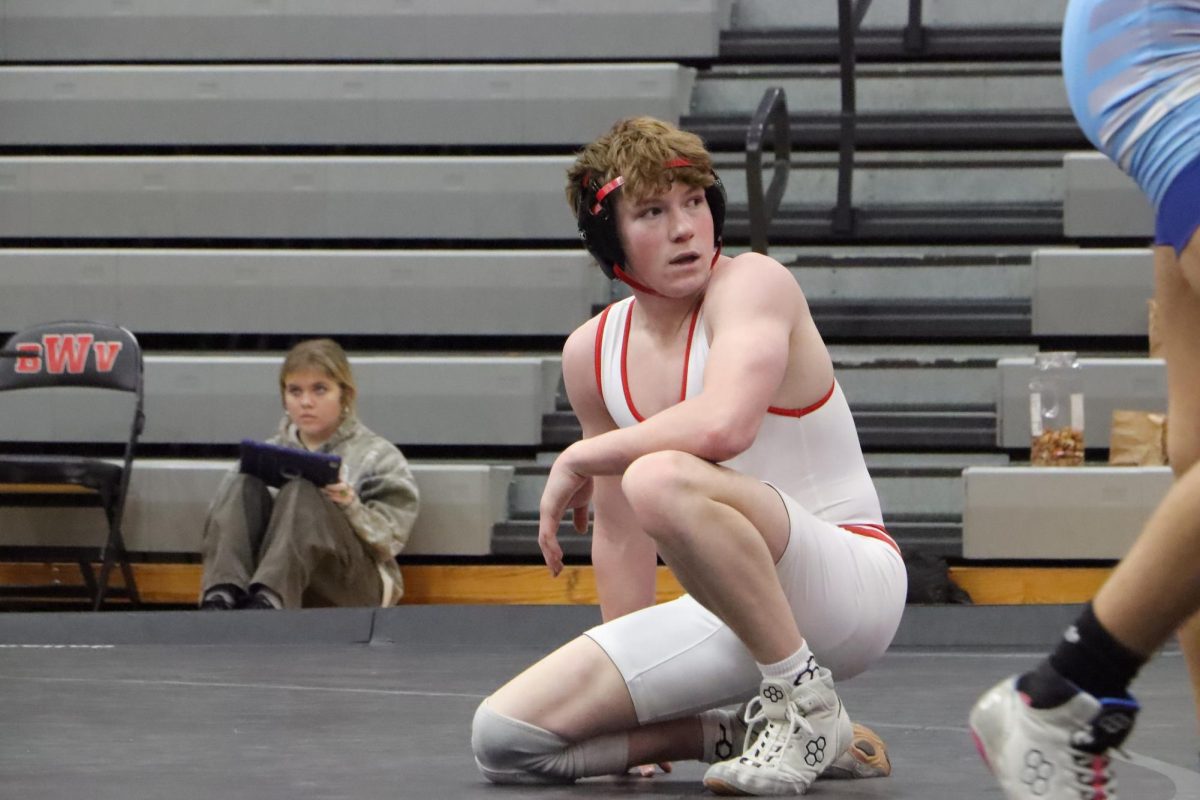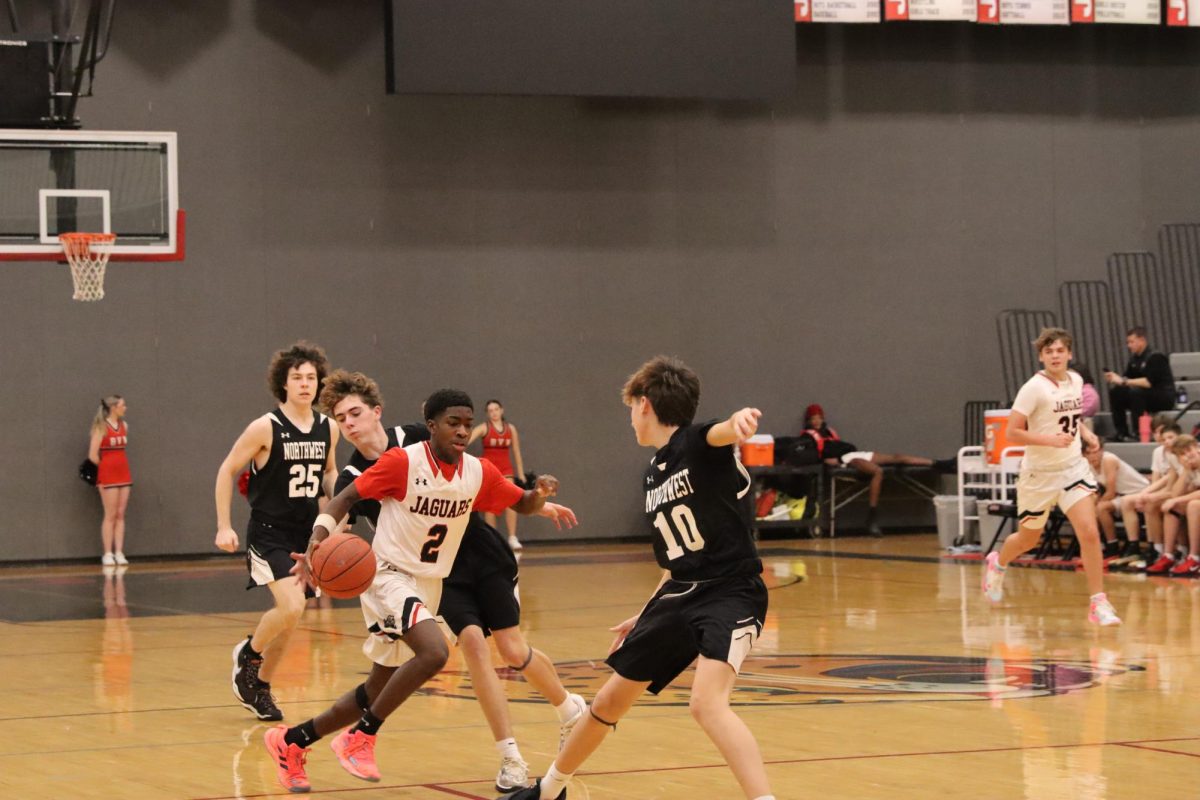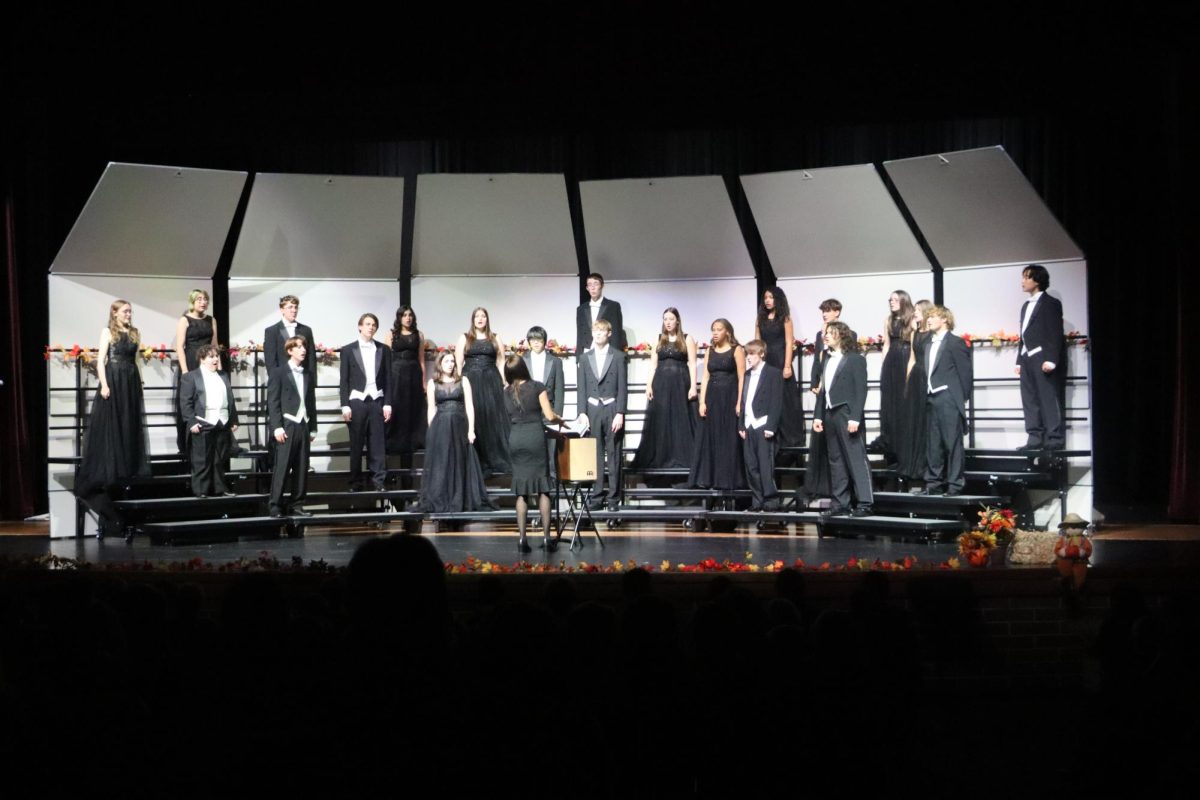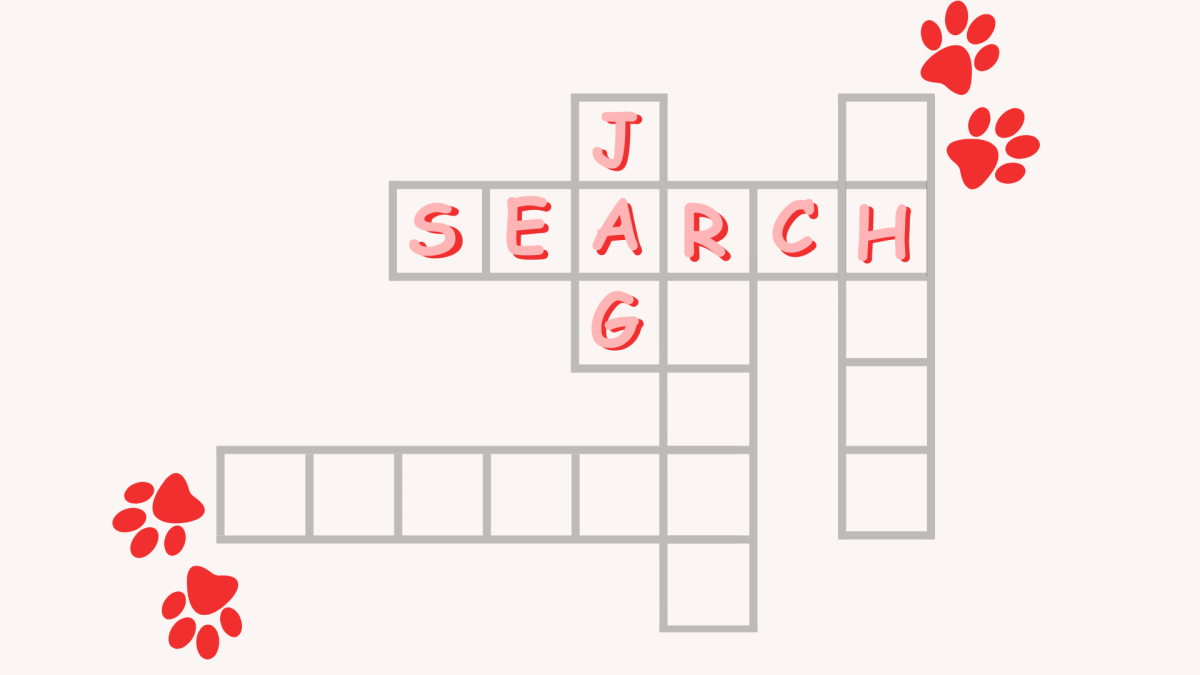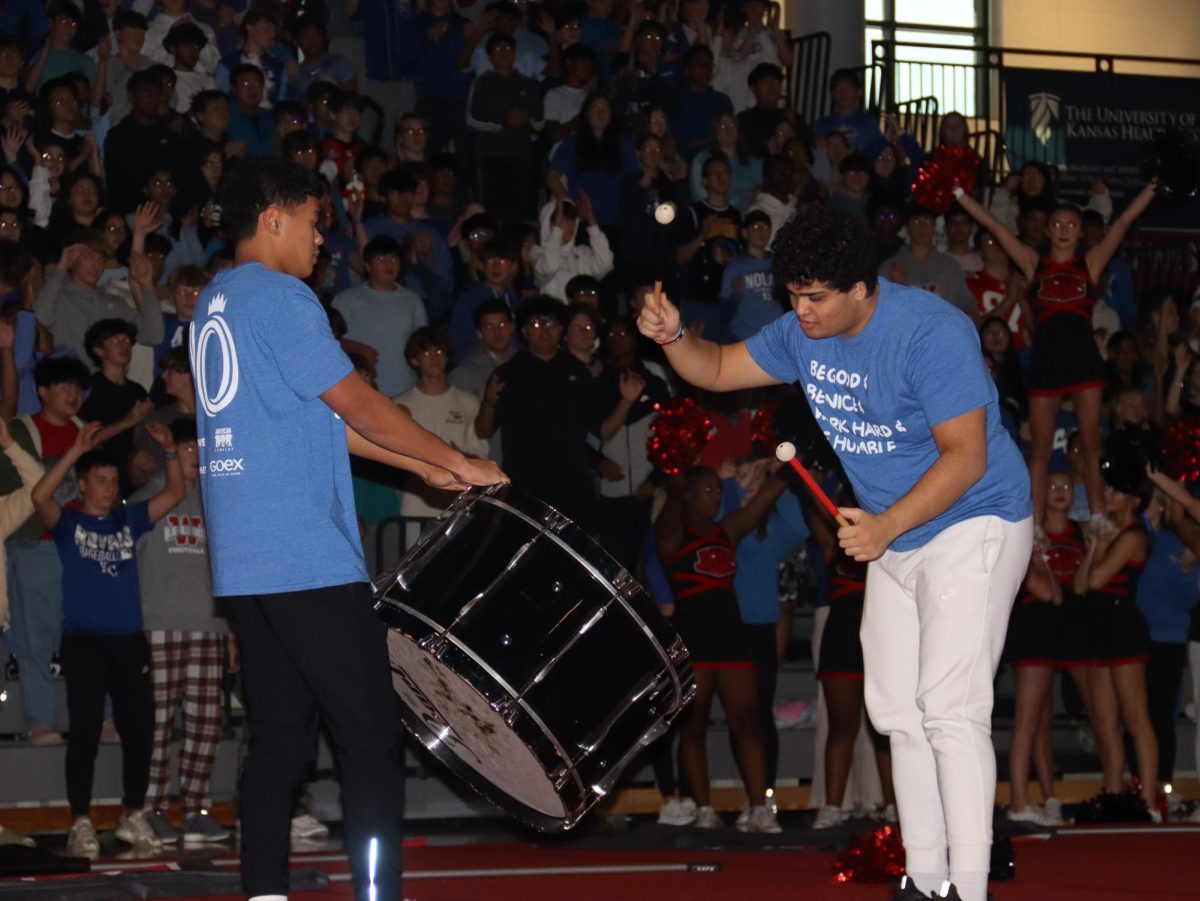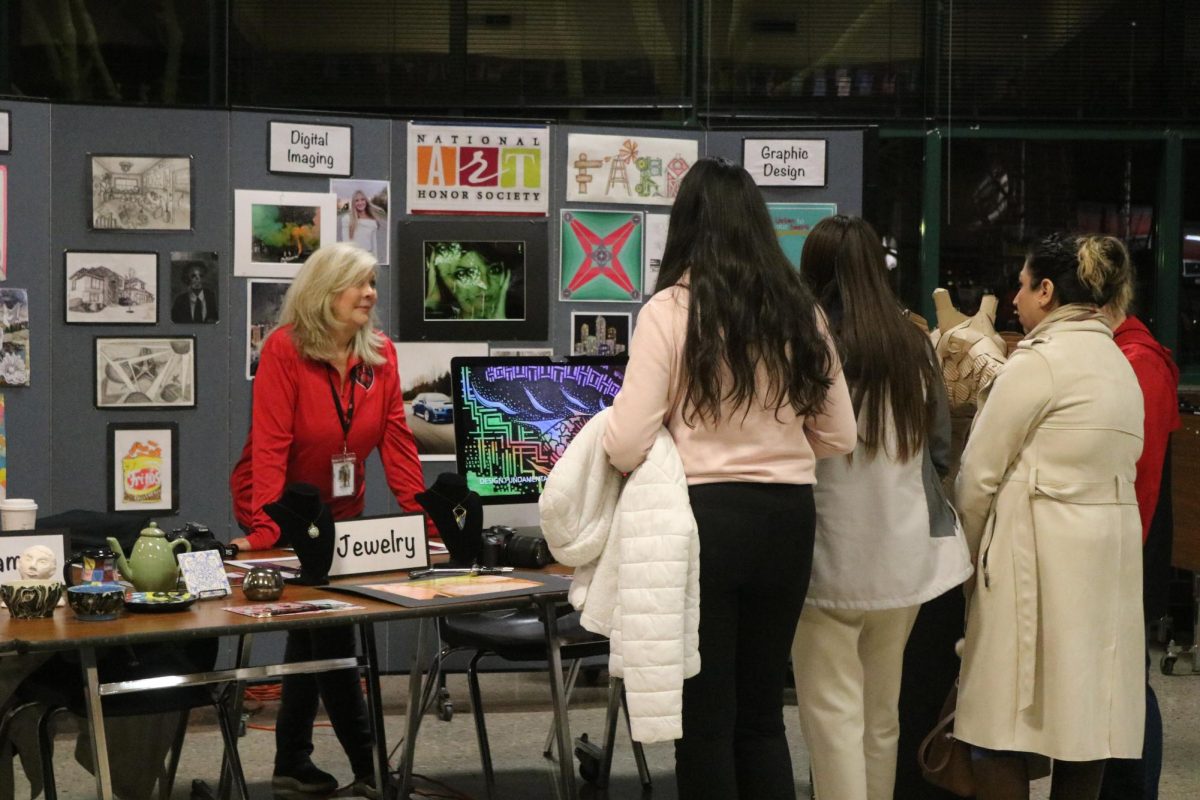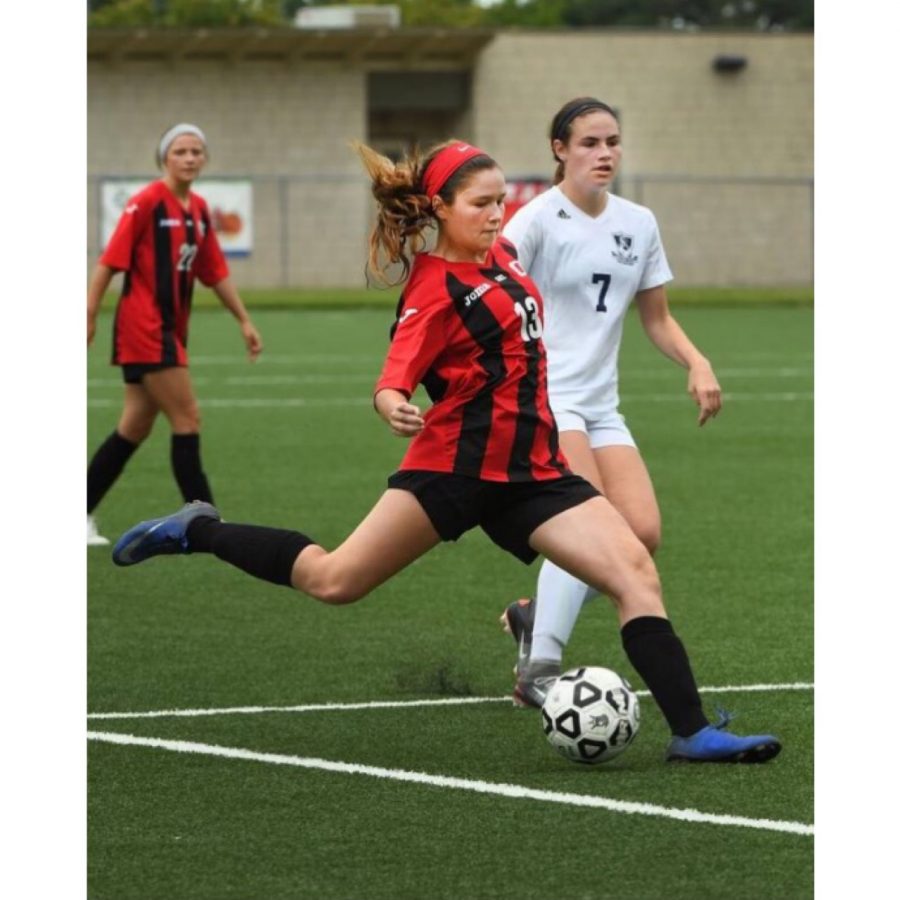On Different Playing Fields
Club and high school athletics offer student-athletes different experiences
May 22, 2018
Two teams, one sport. Many student-athletes play for both a high school and club team. However, this is not an option for some athletes, forcing them to choose one team over the other. Whether an athlete only competes for high school or club depends on various factors, including the individual’s sport, schedule, and ambitions.
Volleyball is a sport that allows student-athletes to comfortably play during both the club and high school season. Senior Hannah Engelken played on BV West’s Jaguar volleyball team and her club team, KC Power, all four years of her high school experience.
“For volleyball, they schedule it so that [the club season] is right after the school [season] ends in November,” Engelken said.
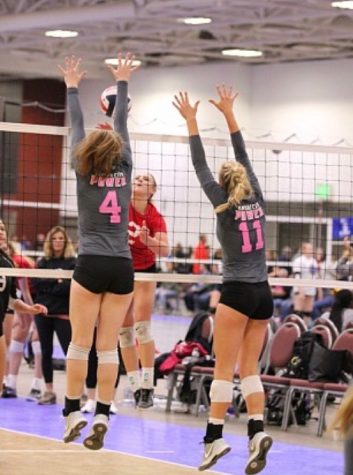
While several other sports allow athletes to participate in high school and club athletics, some soccer players are not able to reap the benefits of both. Junior Peyton Kennedy played on BV West’s girls soccer team and her previous club team, Sporting Blue Valley ECNL, as a freshman and sophomore. However, with the introduction of the new Sporting Blue Valley Developmental Academy team in the area, multiple former Jaguar players, including Kennedy, quit high school soccer to hone their focus on the Developmental Academy.
“[The Developmental Academy] prohibits me from playing high school [soccer]” Kennedy said. “It was really hard for me to quit this year, [but] the DA [Developmental Academy] offers opportunities I couldn’t get with high school, like exposure to college and opportunities to develop my skills by playing against the best people I can.”
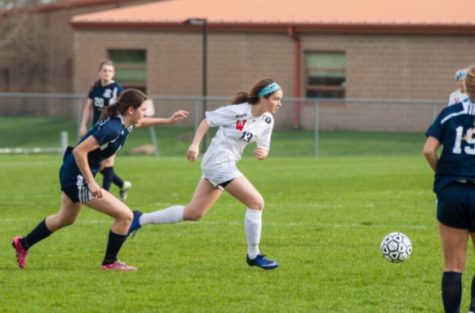
Photo courtesy of Peyton Kennedy
While high school and club athletics mirror each other through several similarities, they differ in numerous ways as well, providing distinct experiences to student-athletes.
“Club is a lot more competitive than high school. There are high school teams that are really competitive, but if you think about club, it takes the best people from each high school and puts them on certain teams, so it creates more of a competitive atmosphere,” Engelken said. “Also [college recruitment] is easier to obtain on a club team [because] club coaches do a lot more as far as talking to colleges and getting the recruitment process started.”
In contrast, Engelken’s high school experience was centered more around teamwork.
“High school [volleyball] creates more of a family aspect,” Engelken said. “You get to be a good representative of your school and you get to play with a lot of your school friends.”
Although Kennedy has not participated in an equal amount of high school soccer seasons and club soccer seasons, the diverse benefits that each experience offers are still clear to her.
“[Club] definitely does more for strength and conditioning [with] a trainer we can go to whenever we want,” Kennedy said. “I also get to play with teammates that have the same goals. We all want to play college soccer and we all want to be the best we can going into college.”
Kennedy’s reflects on her previous high school soccer seasons.
“For high school, meeting people from school who I wouldn’t have met outside of soccer is one of [the benefits],” Kennedy said. “To be able to play for school is really cool and inspiring and it feels really nice to play for West.”
In addition to the differing benefits of high school and club athletics, these experiences also foster
different types of growth in student-athletes.
“Especially for this being my senior year, I have grown more as a leader in my high school team, but as far as athletically, I have grown more with club,” Engelken said. “It’s definitely more competitive because you’re playing against people who are generally better and are going to really big schools.”
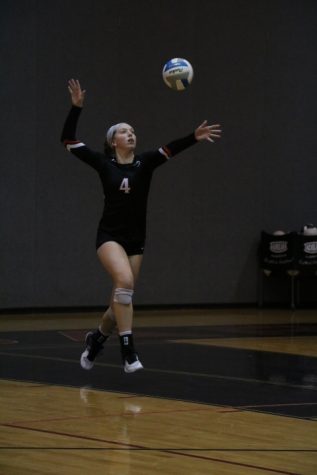
Photo courtesy of Hannah Engelken
Kennedy agrees that the leadership v. athleticism distinction applies to soccer as well.
“I was able to help and lead my teammates in high school, especially the underclassmen by encouraging them throughout the year,” Kennedy said. “But for club, we are all the same age with pretty much the same competitiveness, so we all have equal leadership opportunities and can become better [in our sport].”
The debate of whether students should choose club over high school athletics and vice versa is becoming a more frequent topic among several sports. This is a new issue for girls soccer players in the area because of the Developmental Academy; however, Kennedy still sees hope in the future for high school girls soccer.
“I don’t think high school soccer will change much,” Kennedy said. “There are good leaders and players from all different high school teams, and especially because high school soccer is so fun and you can learn so much from it, I think a lot of people will choose high school [soccer].”
Numerous factors affect each athlete’s decision in the team(s) they choose to play in. Kennedy analyzed her future goals to finalize her decision to play on the Developmental Academy this year at the expense of having to quit high school soccer.
“The DA [Developmental Academy] is doing everything in their hands and money to develop me as a player athletically, technically, and in developing my intelligence on the field,” Kennedy said. In the long run, if I want to play college soccer, realistically, [club] will help me so that I am prepared for college and so I can thrive when I get there.”
While club teams provide elite competition and more opportunities to get athletes to college, high school teams allow students the chance to be supported by friends and family while representing something larger than themselves. Ultimately, playing high school or club depends on each athletes goals and circumstances.